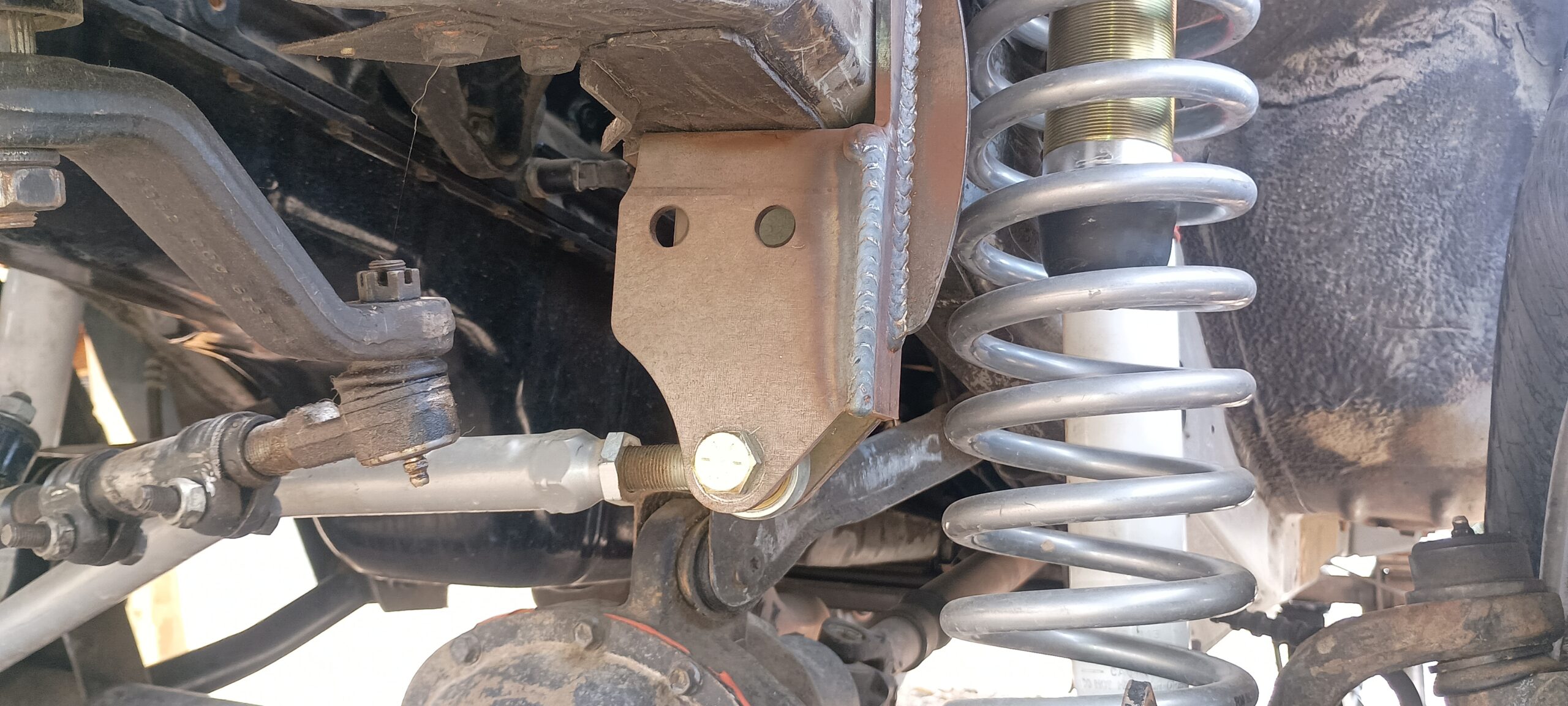Introduction
GMRS (General Mobile Radio Service) radios are versatile communication tools that play a crucial role in ensuring safety and coordination during 4×4 adventures, outdoor activities, and various professional applications. To harness the full potential of GMRS radios, it’s essential to understand the key components that make up a GMRS radio system. In this comprehensive guide, we will explore the various components that comprise a GMRS radio system, from the radios themselves to antennas, batteries, and more.
GMRS Radio Units
At the heart of any GMRS radio system are the radio units themselves. These units serve as the primary means of communication and come in various forms:
a. Handheld GMRS Radios: These portable devices are compact, lightweight, and designed to be carried on your person. Handheld GMRS radios are perfect for 4×4 adventures, hiking, camping, and outdoor activities where mobility is essential.
b. Mobile GMRS Radios: Mobile GMRS radios are designed for installation in vehicles, making them ideal for 4×4 enthusiasts. They are more powerful than handheld radios and often have larger displays and controls.
c. Base Station GMRS Radios: Base station radios are stationary units designed for use in a fixed location, such as a home or a campsite. They provide extended range and are commonly used for base station setups.
Antennas
Antennas are essential components of GMRS radio systems, as they determine the radio’s transmitting and receiving capabilities. Different types of antennas are available, each with its own characteristics:
a. Rubber Duck Antennas: These are often included with handheld GMRS radios. While convenient and portable, they have limited range compared to external antennas.
b. External Antennas: Mounted outside a vehicle or at a fixed location, external antennas significantly extend the radio’s range. They come in various forms, including whip antennas, magnetic mount antennas, and yagi antennas.
c. Base Station Antennas: These antennas are designed for use with base station radios. They are typically larger and more powerful than mobile antennas.
Power Source
To keep your GMRS radio operating, you’ll need a reliable power source. Depending on the type of radio, power sources may include:
a. Rechargeable Batteries: Handheld GMRS radios often use rechargeable lithium-ion or nickel-metal hydride (NiMH) batteries. They are convenient for portable use but require charging.
b. Vehicle Power: Mobile GMRS radios draw power directly from a vehicle’s electrical system. They are an excellent choice for 4×4 enthusiasts who need continuous power during their adventures.
c. AC Power: Base station radios typically operate on AC power from a standard electrical outlet. They may also have a backup power source, such as batteries, for uninterrupted operation during power outages.
Microphone and Controls
The microphone and controls are user interfaces that allow you to operate your GMRS radio effectively:
a. Handheld Microphone: Handheld GMRS radios have an integrated microphone and controls on the radio body itself, making them compact and easy to use.
b. Microphone Extension Cable: Mobile and base station radios often have a separate microphone connected by an extension cable, providing flexibility in microphone placement.
c. Controls: Radios come equipped with buttons, knobs, and a display that allow you to change channels, adjust volume, set squelch levels, and access various features.
Mounting Hardware
For mobile and base station radios, proper mounting is essential:
a. Mobile Radio Mounting: When installing a mobile radio in your vehicle, you’ll need mounting brackets, screws, and other hardware to secure the radio in place.
b. Base Station Radio Mounting: Base station radios typically require a stable platform or rack for mounting. Ensure proper ventilation and grounding for safety and optimal performance.
Accessories
GMRS radio systems can be enhanced with various accessories to meet specific needs:
a. Headsets and Earpieces: These accessories provide hands-free communication and are useful when you need to keep your hands free for driving or other tasks.
b. Speaker Microphones: Speaker microphones allow you to communicate without having to hold the radio, making it easier to use while on the move.
c. Battery Chargers: Battery chargers are essential for keeping handheld radio batteries fully charged. Some chargers can accommodate multiple batteries simultaneously.
d. External Speakers: External speakers are useful when you need to amplify the audio output of your radio for clearer communication.
e. Carrying Cases and Holsters: Protect your handheld radio with carrying cases or holsters that provide easy access while safeguarding the device.
f. Programming Cables: For advanced users, programming cables and software are valuable for customizing radio settings and programming frequencies using software like CHIRP.
Conclusion
A GMRS radio system is a powerful communication tool with a range of components that work together to ensure clear and reliable communication. Understanding these components and how they fit into your 4×4 adventures is essential for maximizing the capabilities of your GMRS radio system. Whether you’re venturing into the wilderness, exploring off-road trails, or coordinating with your 4×4 group, a well-equipped GMRS radio system is your key to staying connected and safe.















